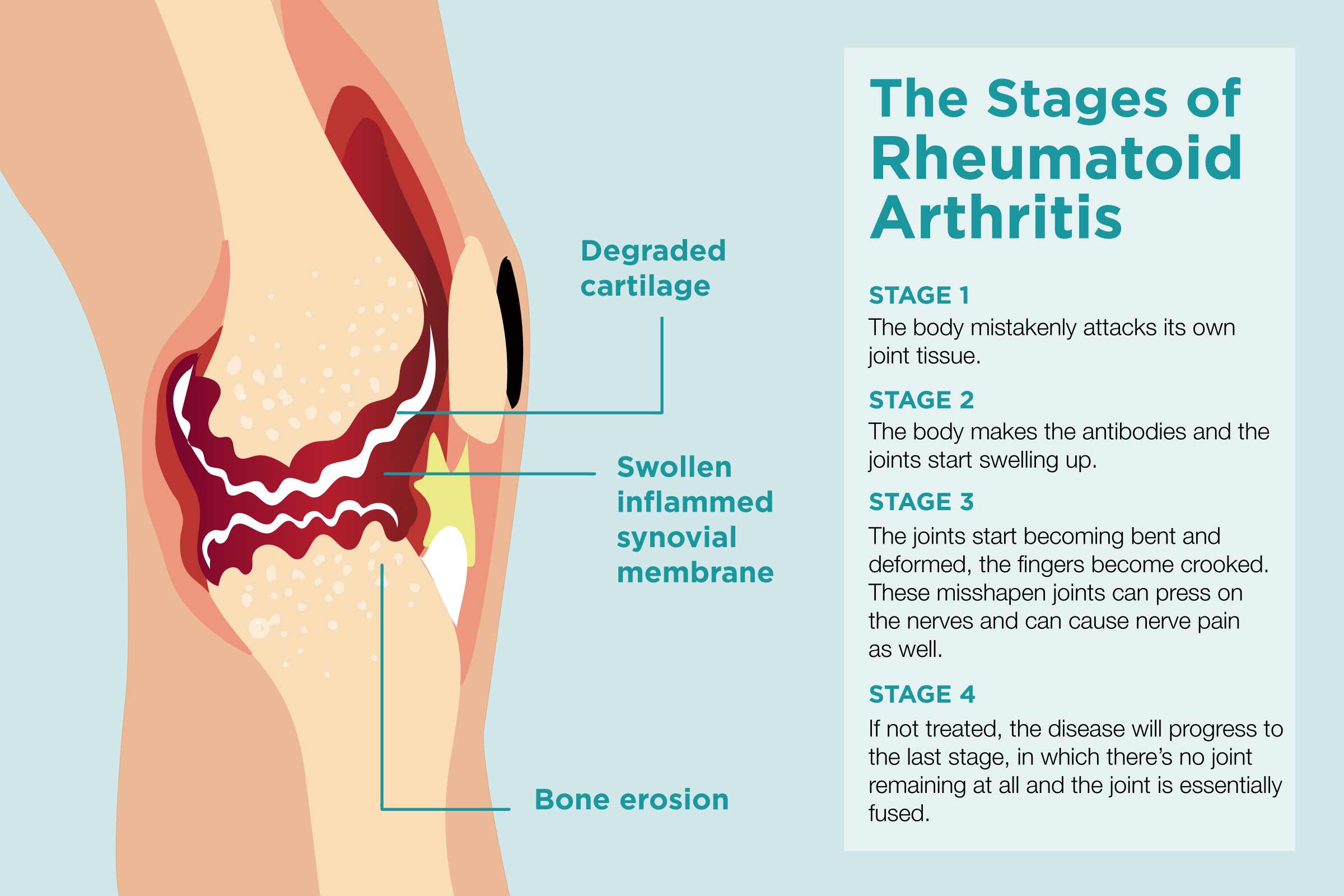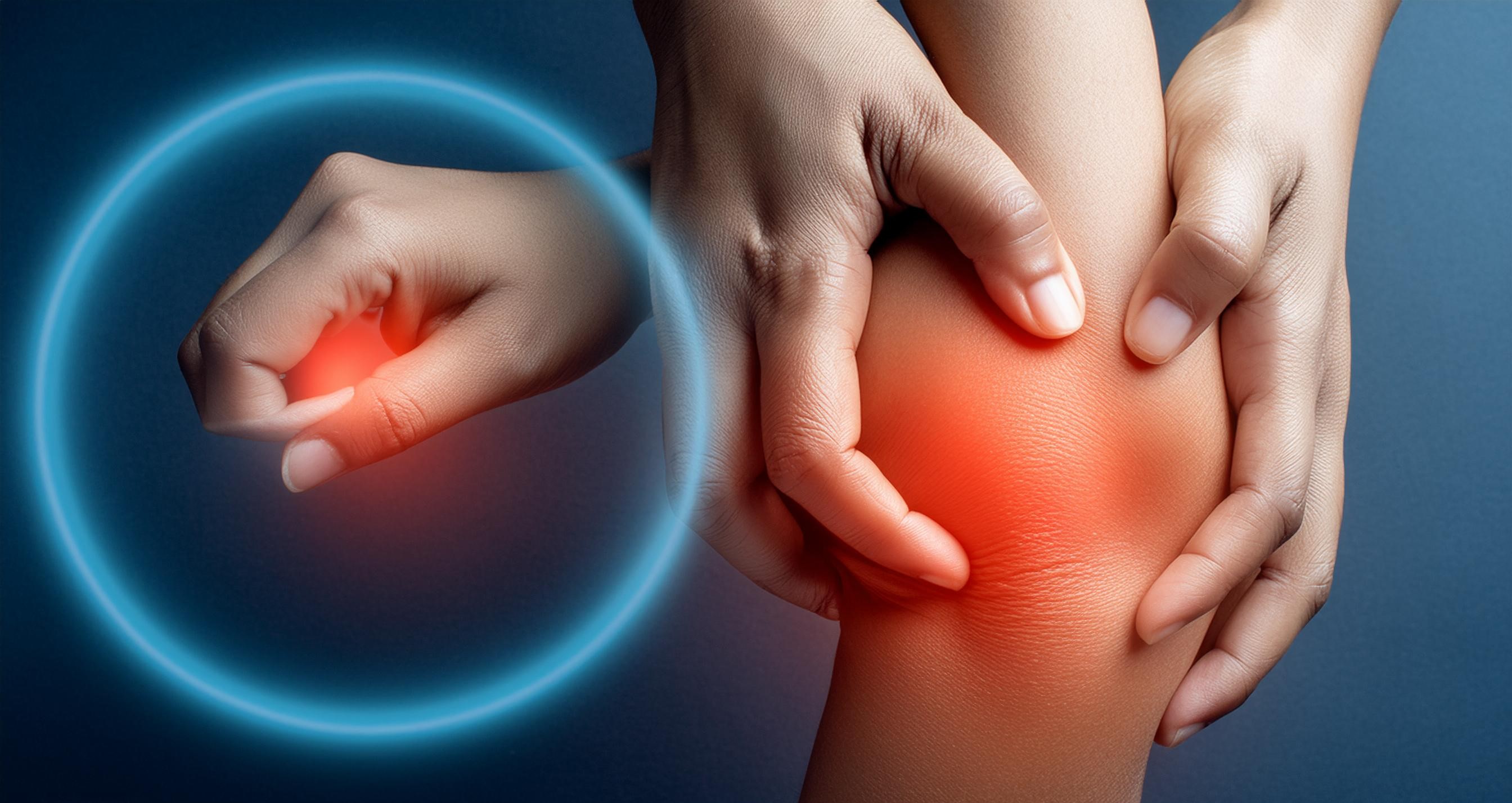Rheumatoid arthritis (RA) is a chronic autoimmune disease that typically affects the joints, causing infection, pain, stiffness, and swelling. It can also affect other organs and parts of our body such as the skin, eyes, lungs heart, kidneys, and digestive system, due to the inflammation of bones or joints all the other parts of the body are affected.
Causes of rheumatoid arthritis:
Autoimmunity:
 Rheumatoid arthritis is seen in people when the body's immune system attacks its tissues such as synovium (lining of the joints) which leads to infection and damage resulting in rheumatoid arthritis.
Rheumatoid arthritis is seen in people when the body's immune system attacks its tissues such as synovium (lining of the joints) which leads to infection and damage resulting in rheumatoid arthritis.
Genetics:
Genetic factors, such as unique human leukocyte antigen (HLA) genes can develop rheumatoid arthritis in most cases.
Others:
Activities such as smoking, a few infections, or any hormonal imbalances, may also be a reason for developing rheumatoid arthritis.
Symptoms of rheumatoid arthritis:
1)In joints:
People with rheumatoid arthritis experience symptoms such as Pain, stiffness, swelling, warmth, and redness in the joints, which are the most common symptoms of rheumatoid arthritis it can often also affect a few joints at a time, such as the fingers, and wrists, knees, and feet.
2)Fatigue, fever, loss of appetite, and weight loss are seen in people with rheumatoid arthritis.
3)Morning Stiffness:
Stiffness in the joints, mostly in the mornings or after long periods of rest without doing any activities.
4)Lumps are seen under the skin close to joints. It is not seen in all people with rheumatoid arthritis only a few people experience this.
5)Joint Deformities:
Rheumatoid arthritis can also lead to joint deformities and functional issues in the joints due to the infection in joints caused.
How rheumatoid arthritis is diagnosed?
The diagnostic process for rheumatoid arthritis involves a few series of tests such as checking the medical history that can help to understand the cause, and a physical examination to understand the severity of joint pain. After this, the second diagnostic step is a blood test and anti-CCP test(anti-cyclic citrullinated peptide), rheumatoid factor, C-reactive protein (CRP), and erythrocyte sedimentation rate (ESR)( which levels are more if you have rheumatoid arthritis) for a clear analysis of the severity of infection caused by rheumatoid arthritis. The third step in diagnosing rheumatoid arthritis involves scans such as X-rays, ultrasound, or MRI scans to visualize the joint damage and the infection.
Rheumatoid arthritis treatment:
 Treating rheumatoid arthritis involves a series of procedures such as medicines(ibuprofen, naproxen, and celecoxib), physical therapies, and occupational therapies and in severe cases, surgery is recommended. Medicines are prescribed for people with less severity to reduce pain and inflammation. Therapies such as physical therapy and occupational therapy involve joint strengthening exercises and a few devices that assist in relieving pain and increasing mobility. Lastly, if all these measures fail to provide relief then surgery such as a joint replacement surgery is recommended.
Treating rheumatoid arthritis involves a series of procedures such as medicines(ibuprofen, naproxen, and celecoxib), physical therapies, and occupational therapies and in severe cases, surgery is recommended. Medicines are prescribed for people with less severity to reduce pain and inflammation. Therapies such as physical therapy and occupational therapy involve joint strengthening exercises and a few devices that assist in relieving pain and increasing mobility. Lastly, if all these measures fail to provide relief then surgery such as a joint replacement surgery is recommended.
Management:
1)Lifestyle Modifications:
Maintaining a healthy lifestyle, together with regular exercising, and a balanced diet that strengthens our bones and joints such as almonds, walnuts, spinach, berries, oats, barley, and brown rice can help in controlling rheumatoid arthritis.
2)Regular check-ups:
Regular check-ups with doctors are essential to understand the disease stage, condition and modify treatment as needed, and save you from further complications.
Common rheumatoid arthritis can affect an individual's quality of life by preventing them from comfortably participating in their everyday activities. Understanding causes, symptoms and management procedures can help people to get a basic idea about what rheumatoid arthritis is and how they can manage the condition. Soon after you observe yourself with any symptoms that are mentioned above consult with a doctor and get yourself treated to avoid any further complications.

